Quite often when I go to model shows, I like to people watch. Some may call it lurking, or stalking. I prefer to think of it as “hobby-related journalistic pursuits.” Sort of like the late Steve Irwin, only with no crocodile wrestling involved. 🙂
So this past weekend when I visited the Second Annual SC Scale Model Mega-Show, co-hosted by the IPMS/Mid-Carolina Swamp Fox Modelers and the AMPS Central South Carolina Wildcats (that’s a mouthful!), I continued my stalking research.
I’d been to the show a few times in years past, but this was my first visit in awhile. The show is held in a National Guard Armory, just down the street from the South Carolina Gamecocks football stadium in Columbia, SC. As a modeling venue, it works well. The hall is roughly the size of two basketball gyms, leaving plenty of space for display and vendors.
Getting There Early
I always like to arrive early, as it lets me get a feel for things before the crowd arrives. Plus I get an early shot at what is on the vendor tables. 😉
The number of vendors there was good, with stacks of plastic on hand, as well as quite a number of modeling supplies and aftermarket accessories. It did strike me how little there was in the way of scifi subjects at the show. A few years ago, when airplanes were my focus, I’d have never noticed it. But as I walked around Saturday morning, the lack of models that I tend to build now was readily apparent.
I also noted a trend that seems to be growing. Many of the vendors are not “full time”, going to shows each weekend. Rather, there seems to be a shift towards individual modelers who are hoping to get rid of the large accumulation of kits gathering dust in basements, on shelves, and in closets. (Admittedly, I have done so myself!)
Watching The Models Roll In
At any show, the models start trickling in fairly early, and by mid-morning, the line is growing to get registered, paid, and place models in the correct category. It can be hard to gauge participation early on, as quite often there is a rush later in the morning to beat the judging deadline. I’ve talked to more than a few people over the years who are up late the night prior, or early the day of, still finishing things up to be ready for the show. You can always pick them out – their fingers are still covered in paint. 😀
What I did note – and the unfolding day confirmed – was that the number of models entered didn’t seem as high as I recalled from past events here. Certainly there was a good showing, and there were loads of people there. Yet while there were plenty of kits to look at, it was hard not to note quite a few blank spaces on the display tables.
What was there was generally very good, with some pieces soaring to brilliance. A few pieces were delightfully creative and whimsical, while others reflected grim reality in a very stark way.
Pondering The Point
As I wandered the tables, I’d often hear snippets of conversations. Some were serendipitous… people talking as they wandered along in their exploration of the plastic entries. In a few cases, the topic would pique my interest, and I’d find myself flowing along with them… research, if you recall… not stalking. 😉
Several fellows were discussing the models they’d placed on the tables. One was talking about a particular model he’d hoped to bring… but he said “I realized a few weeks ago it wasn’t contest worthy, so I put it back in the box and on the shelf of shame.”
If you’ve not encountered the term “shelf of shame” before, it generally denotes models that were started but never finished. Yet what really struck me was why he’d put it there… “it wasn’t contest worthy”.
Examining Competition
Let me say from the very beginning that I am not against model contests. While I’ve never entered them, and feel no compelling need to, I get that others do enjoy it – and I have no argument with that.
However…
As I’ve written about before, I really feel that much of the IPMS-US focus on contests is harmful to the hobby. I certainly don’t think it’s intentional. There’s no secret cabal out to destroy the hobby of building plastic models.
Yet because the average IPMS club has “contest worthy” written into its DNA, I believe it will have long term harmful effect to what I term “traditional modeling”… aircraft, tanks, ships, etc.
So Why Does This Happen?
The conversation I overheard spoke volumes. Yes, it was just one person in that case. But it is a chorus I have heard over and over. It has come up in discussions at hobby shops. I’ve engaged folks in long email discussions about it. I’ve even received messages after writing an article like this from long time IPMS-US members who say (essentially) “I’d never admit this in my club, but you’re spot on.”
While I was not old enough to be in on the formation of IPMS, its goal was simple – promote the hobby. Not only to current modelers, but also to introduce new modelers into the world of plastic and paint and glue. It’s a good goal, because it’s a good hobby.
Yet as I’ve observed it over the years, the constant focus on competition, on winning awards, seems to be sucking the fun out of it for many. The point that is conveyed (and I certainly think it is unintentional) is “Modeling is only fun if you win.”
The practical reality bears that out.
What’s Your Evidence
At any given contest, models will be grouped by category. These are by genre (aircraft, ships, scifi, etc), but also may be by other criteria, such as single or twin engined, Axis or Allied, or by scale. So it’s not unusual to see a category such as “1/48 scale single engined Axis fighters”.
Certainly there is a practical reason for this. It helps in the judging process by subdividing everything into “chunks” of similar models. Thus an airplane can be compared to an airplane, ship to a ship, and so forth.
Yet most contests have a large number of categories, sometimes making distinctions that are a bit comical. For example, this past weekend’s show had 38 categories, and 11 special awards. That number does not includes armor, which was handled under AMPS rules, not IPMS.
That translates into 125 awards.
But Why Does That Matter?
As I’ve worked within IPMS-US at a local level, observed clubs, talked to folks, and read what others say, I have really wondered if the number of awards is driven less by a need for organization, and more by a desire to make everyone happy. When the underlying message is “winning = fun”, the only way to keep people in the organization is through rewards.
Never mind that you may have entered your model in a category with two others kits next to it. The modeler goes home happy because he or she at least garnered 3rd place – out of 3. Fun achieved.
If you think I’m exaggerating, consider “splits”. If a large number of models are entered in one category, contestants clamor for the category to be split. So “1/48 scale single engined Allied fighters” now becomes “Group A” and “Group B”. Twenty kits becomes ten and ten.
OK, But…. Big Deal
The underlying reason exposes the problem. I was always told “it makes judging easier”. Yet in practical reality, I never saw that. It doesn’t take more than a brief check to narrow a group of kits down to the top five or ten. Just checking for obvious things like tailplane alignment, seam lines, gear angle, and consistency of paint will in most cases eliminate 80% of the field.
Thus I would find myself at past contests standing at a table of models that could easily be winnowed down to five… yet modelers stood around me saying “you need to split it. You need to split it.” I finally asked “why?”
One fellow’s answer opened my eyes to it. “If you don’t split, I don’t have a chance of winning anything.“
There It Is
At that point, I felt I began to understand how seemingly pleasant, logical, mature grown-ups could turn to angry, accusatory bullies, or sit on the bench outside a venue in tears. All because they did not win a trophy. Or a plaque. In some cases, it might simply be a printed piece of paper.
When underlying organizational focus becomes competition, the only path to enjoyment is winning. The participants can’t stand it if they don’twin, and the organization can’t survive if it doesn’t reward the members.
And that’s why I found myself a few years ago with around 170 awards to hand out, less than 350 models in front of me, and only about 100 contestants…. all the while listening to someone (literally) at the point of tears question why they’d not won best of show. (Never mind the glue thumbprint in the canopy… look at all that photoetch! {sigh})
It’s All Around Us
This is not anything unique to our hobby. We see it in youth sports frequently. What starts out as a way to build character and stamina, teach teamwork and coordination, suddenly devolves into kids and parents brawling because one side doesn’t get the trophy that year. All the while the majority of the kids standing there just want to have fun, toss the ball around, and wear a neat uniform.
For years I’d assumed the hobby would die out in 25 years or so, but I no longer think that. I’ve seen the growing momentum of scifi, including Star Wars, Gundam, Maschinen Krieger, and more. People are looking at IPMS, and after a taste of it, simply walking away and saying “thanks, but no thanks”.
As one participant wrote to me after this past weekend’s show, “it seems to me that the current state of IPMS is that it’s largely had a ‘fun-ectomy.’”
Sadly, I had already come to the same conclusion a few years ago.
Wrapping Up
This weekend’s show itself was good, of course. The host club was organized, the facility very good, and the vendors plentiful. Lots of plastic was brought in, and quite a bit of it went home with new owners. There were some incredibly good models on display, verifying the fact that despite whatever challenges the overall organization may face, work goes on.
Yet as the conversation I overheard alluded to – and it’s not a unique conversation – the structure underneath it all is, in my view, flawed. The incentive is no longer the enjoyment of the hobby, but rather it is the result of the process. And if those results don’t end up being some form of award… it’s simply not worth doing.
And while I know that is not the intent, I firmly believe that is the message. Such a message does not go unnoticed either.
It’s time for IPMS members, clubs, and leadership to stop focusing on self-indulging plaques, and cast an eye towards the hobby that draws us together, and passing it on to the next generation.
Because believe me, they are there, and they are moving forward.
With or without IPMS-US.






































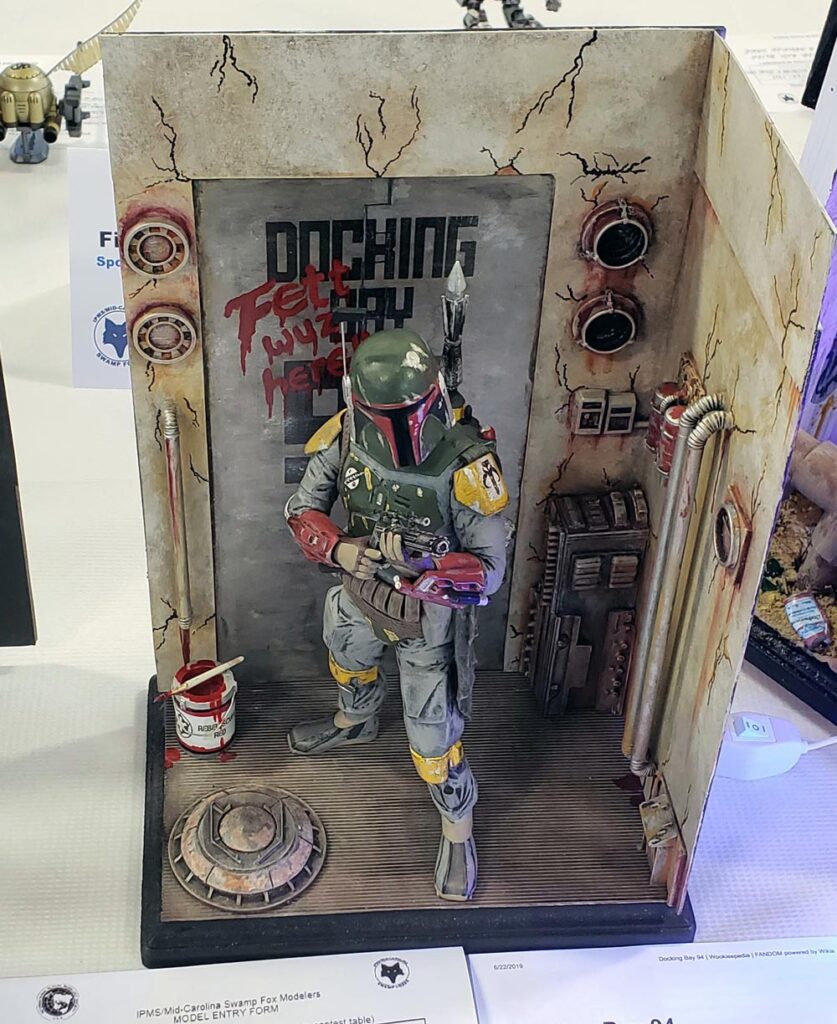














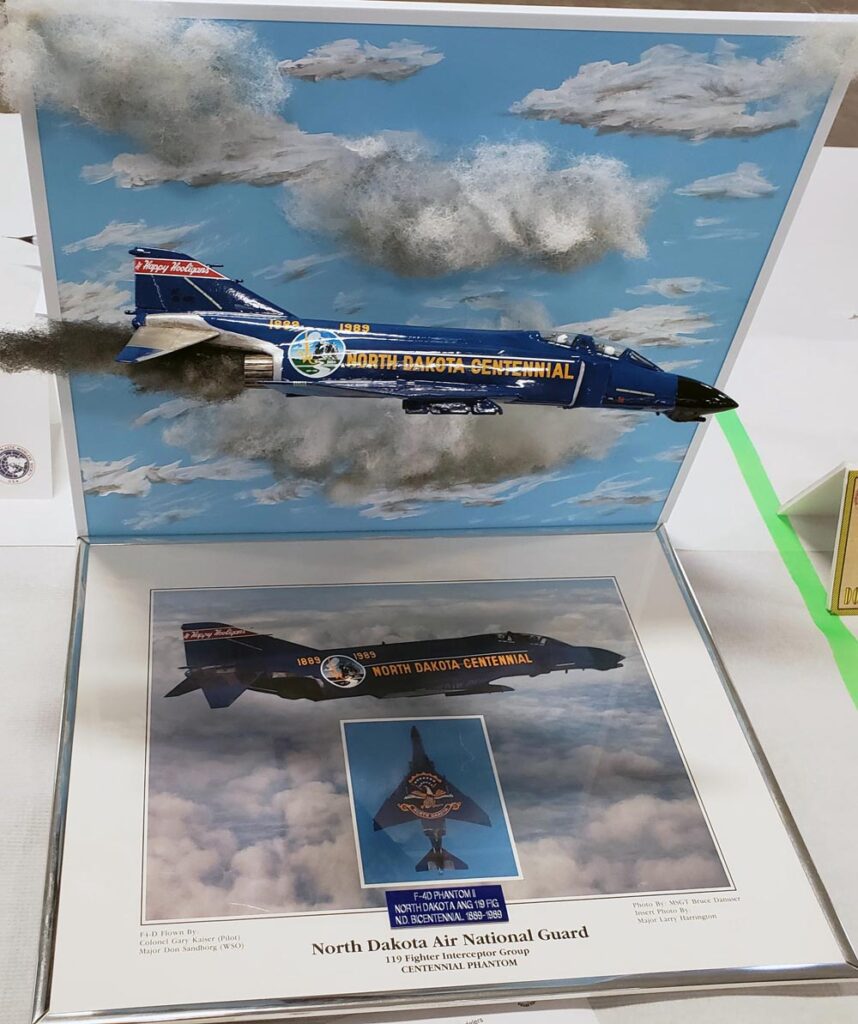
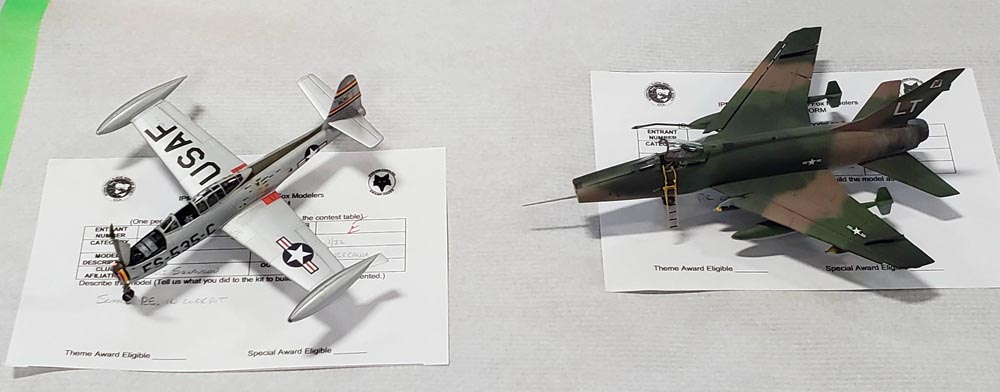





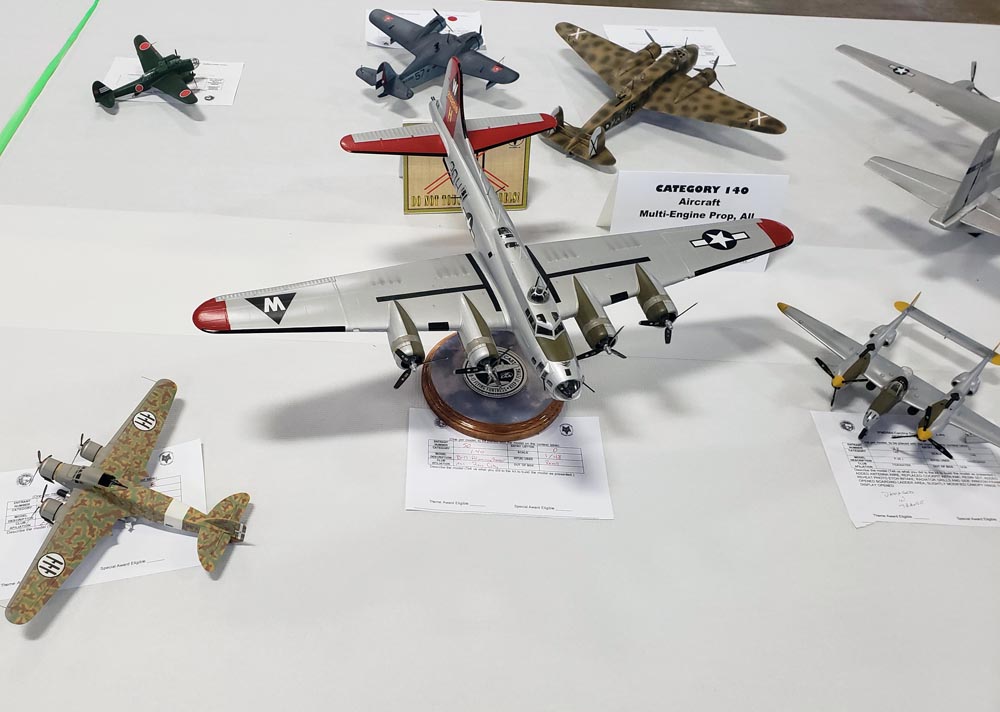
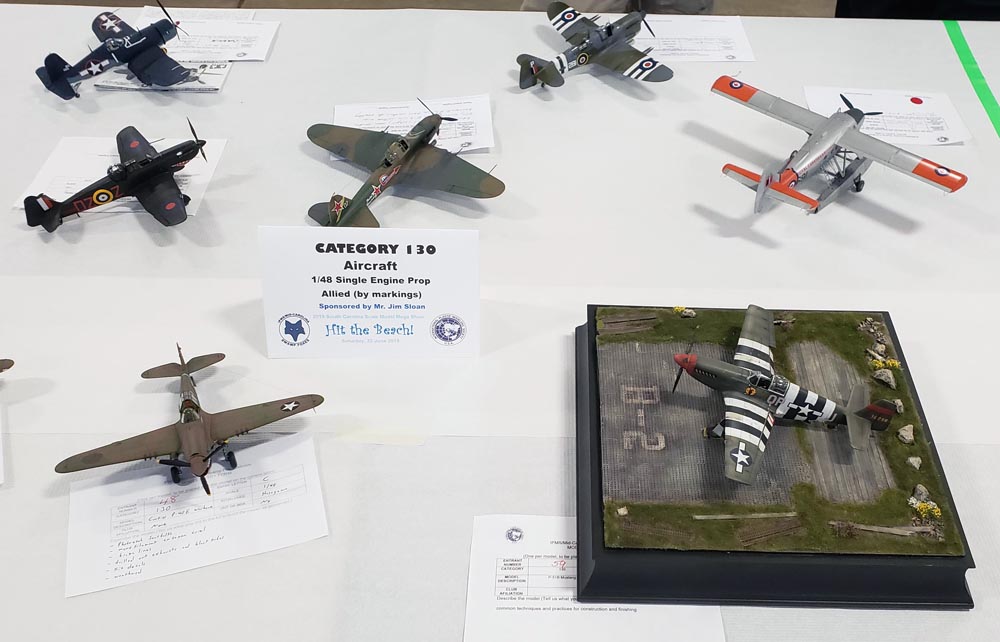








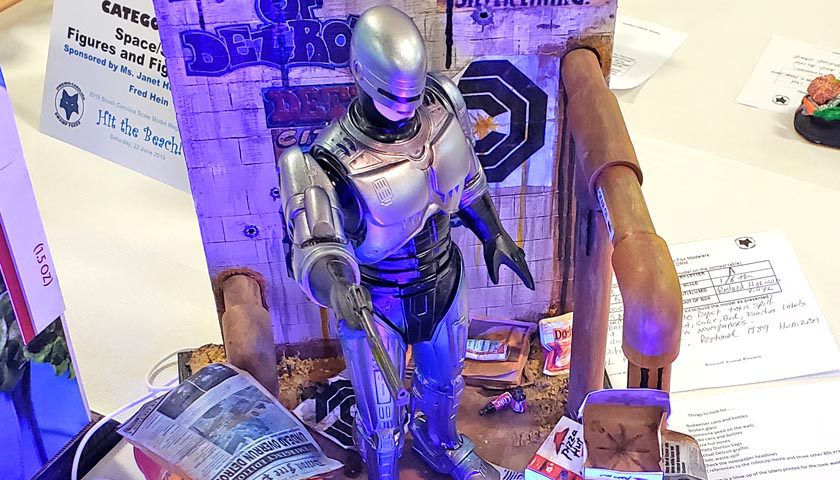
Leave a Reply